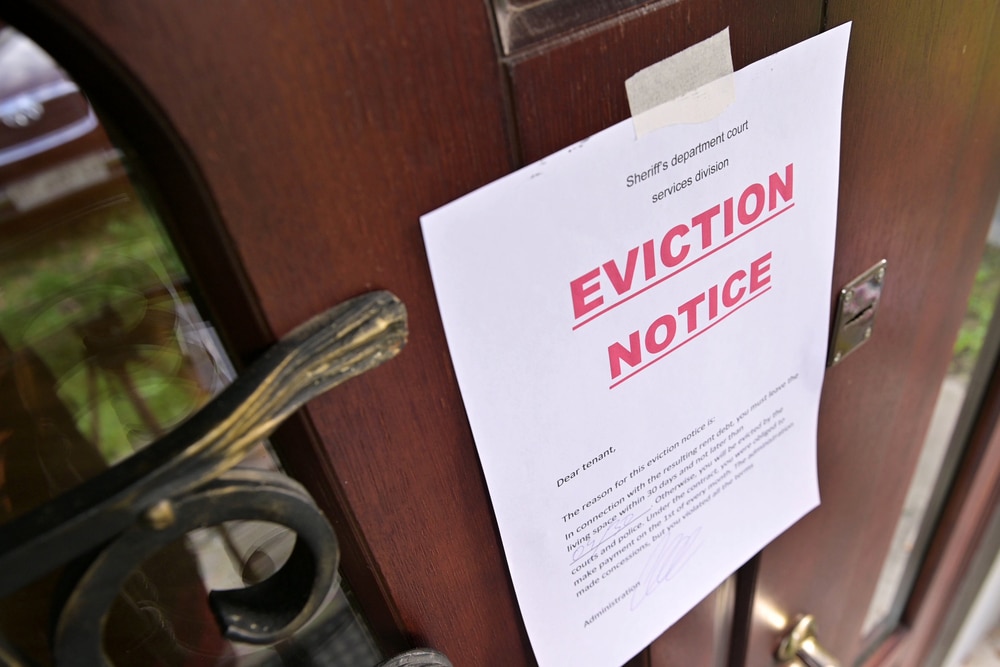
Table of Contents
Three days after the expiration of the federal eviction moratorium issued by the Centers for Disease Control and Prevention (CDC), CDC Director Rochelle Walensky signed a two-month extension. But, the original CDC order didn’t protect everyone, and this one comes with additional limitations. Here’s what you need to know.
Who is Protected by the CDC Eviction Moratorium?
The federal eviction moratorium has always had some significant limitations.
First, though the order only applied to evictions relating to non-payment of rent. Though the stated purpose of the order was to protect against the added spread and increased risk that came with displacing people during a pandemic, landlords were still allowed to evict tenants for other reasons, and to force tenants out if their leases expired.
Second, the protection wasn’t automatic. The tenant had to present the landlord with a declaration, under penalty of perjury, stating–among other things–that Covid had impacted their income and that they were making a good faith effort to pay what they could. So, if your financial hardship started pre-Covid and didn’t change, you might not have been covered. In addition, the protection came with an income cap.
Those limitations remain in effect, but the extended order includes a new geographic requirement.
See Also – The End of the Foreclosure Moratorium: What it Means for California Homeowners
Geographic Qualifications for Eviction Protections
Under the extended order, the tenant’s declaration must also accurately assert that he or she resides in “a U.S. county experiencing substantial or high rates of community transmission levels of SARS-CoV-2 as defined by CDC.”
As of August 2, all but two California counties fell into one of those two categories. But, the transmission level is constantly shifting. And, those patches without protection can easily impact surrounding counties. In the Los Angeles area, we’re surrounded by high-transmission counties. That means for now, Los Angeles residents and those in surrounding counties are protected by the new order, assuming they meet other criteria. But, in other areas of the state, moderate-transmission counties that are not covered by the CDC order share borders with high-transmission counties.
Will the Extended Eviction Ban Hold Up?
One reason for the delay in extending the eviction moratorium was that officials couldn’t seem to agree on who had the authority to enter the order. Landlords and property management associations around the country have challenged previous versions of the ban in court. In late June, the U.S. Supreme Court let the ban stand in a 5-4 ruling. But, Justice Kavanaugh wrote that he only sided with those voting to uphold the ban because the order was set to expire soon and those few weeks would allow for distribution of rental assistance funds. In other words, it’s unlikely the court would uphold an extension.
Supporters of the ban are hoping that even if it is eventually struck down, the pause will allow time for rental assistance programs, which have been funded with federal dollars but slow to get underway in many areas, to provide the support necessary to prevent eviction for many of the estimated 11 million U.S. renters who are currently at risk.
California’s Protections for Renters Remain in Effect
In late June, California Governor Gavin Newsom signed legislation extending the state-level restrictions on residential evictions through the end of September. The state has also been ahead of the national curve in terms of organizing and implementing Covid-related rental assistance.
As of mid-July, more than 108,000 California renters had applied for a total of more than $1 billion in assistance.
How Does California Rental Assistance Work?
For eligible renters, rental assistance may cover unpaid rent and utilities dating back to April 1, 2020. Either the tenant or the landlord may apply for assistance. The tenant may qualify even if the landlord doesn’t participate in the program, and landlords may be able to recover lost rental payments even if the tenant has already moved out.
To qualify for assistance, the tenant must have been impacted by Covid and income qualify. Certain documentation, such as tax returns, is required. However, program administrators say there are often other ways to verify the necessary information, so no one should hold off on requesting assistance because they are missing paperwork. Assistance is available regardless of immigration status.
What if You Don’t Qualify for Rental Assistance?
If you don’t qualify for rental assistance but have been unable to keep up rent payments or utility payments due to Covid, you may still be temporarily protected from eviction by the CDC order, the state-level eviction protections, or local restrictions. If you are in that situation, you should use this time to explore your longer-term options and make plans so you aren’t in a crisis situation when the protections expire.
At Borowitz & Clark, we’ve been helping people resolve debt for decades, and have a thorough understanding of how your specific circumstances, your goals, and state and federal law impact your options. To learn more, call us at 877-439-9717 or fill out the contact form on this page to schedule a free consultation.
